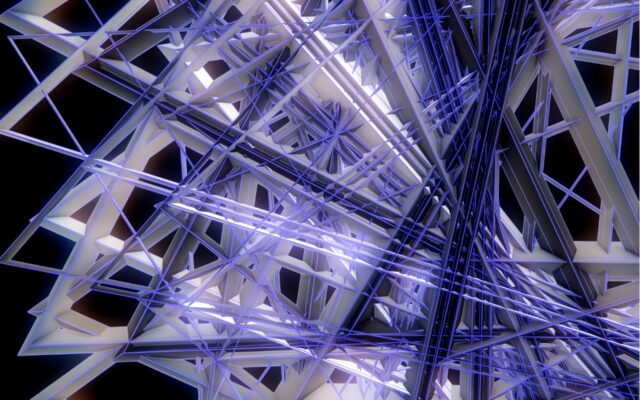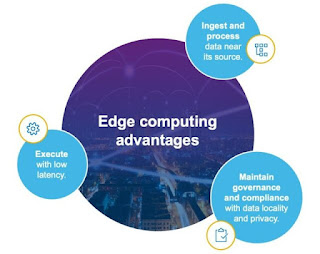Remember Big Data? Even the name seemed bigger than life, because it was usually capitalized. When people first started talking about it, we had the “three Vs of Big Data,” which were volume, velocity and variety. Then the “five Vs,” adding veracity and value to the prior three. Then the “seven Vs,” with variability and visualization added. While writing this, I found an “eighth V”: viability. Today, the “Big Data” term is rarely used, but its legacy lives on because much of what we learned from Big Data analytics we can apply to help business leaders solve problems, gather new insights and gain a competitive advantage using data from their edge.
While Big Data has become simply “data” and is part of the fabric of every enterprise, edge computing is enabling low-latency analysis of high volume, high velocity, high value data ingested and processed near its source. A big plus is that organizations can maintain governance and compliance with data locality and privacy.
Defining your edge
At the intersection of edge computing and business needs is an incredible opportunity for enterprises to act on data near the point of creation to create immediate, essential value. But in the age of IoT, LTE and 5G, where — or what — is your edge?Most definitions of edge computing agree that it refers to moving compute closer to data sources, although the specifics can vary wildly. But even that definition is a bit ambiguous, as your edge could be just down the hall from the core data center, in a hospital room or flying around the world on a jumbo jet.
The bottom line is that the definition of the edge is not as important as what use case you are trying to enable to accomplish a business outcome. No matter what you call it or where you put it, what determines the right approach to edge computing is specific to your industry and even to your organization.
For example, healthcare organizations may wish to build remote clinics to serve customers in rural areas. This requires the ability to process data close to the source to provide clinicians with the near real-time information they need to provide excellent patient care. Edge computing for healthcare could include analytics systems capable of processing data from patient monitoring systems or solutions that process, consolidate and transfer insights used for population health tracking. Because the solutions will be deployed at remote locations with limited IT staff, they need to be compact and simple to deploy and operate, with intrinsic security, advanced automation and remote management capabilities.
As another example, an airline may want to deploy sensors that can detect impending equipment issues and proactively notify maintenance so parts can be replaced without delaying the next flight. This predictive maintenance capability requires a streaming data solution that can pull data from IoT sensors, analyze it and provide maintenance recommendations based on anomalies in metrics such as stress, vibration and heat.
Bringing in external information, such as data about weather and other environmental conditions, increases accuracy and predictive capabilities. Because large amounts of data need to be created, processed, stored and transferred from planes to edge compute systems to a centralized data center and back, solutions need to offer streaming data analytics capabilities, powerful compute, ample, cost-effective storage and fast data transfer speeds.
While all of these examples describe edge compute solutions, they are so different in design and outcome that lumping them under the common term “edge” seems like a misnomer. The IT infrastructure footprint, network, input sources, security, data storage and protection, and architectural considerations will all be driven by several things. These include the characteristics of the data that must be analyzed at the edge, how fast insights must be derived to align to the desired business outcome and what portion of that data or metadata will need to be sent back to a centralized environment.
One edge need may involve continuous streaming data from sensors to identify anomalies such as fraud, security risks or quality degradation. Another may include ad hoc analysis of infrequent data inputs. Because nearly every technology vendor claims to have an offering for the edge, it can be difficult to weed out providers that offer a one-size-fits-all approach to edge computing.
To avoid trying to fit a square peg into a round hole, look for a partner that can help you identify and implement a solution with outcome-based benefits versus a technology vendor just trying to sell you a product. In addition, make sure your edge technology partner can provide a comprehensive selection of the core components of edge solutions, including compute, storage, networking, cloud, applications, automation, orchestration, security, analytics, support, services and software-defined management to suit your use cases.
Source: delltechnologies.com






0 comments:
Post a Comment